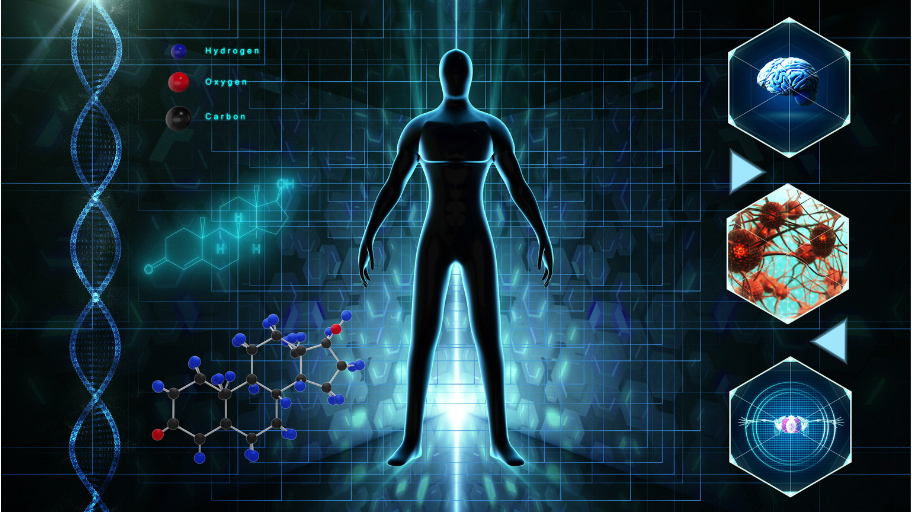Chill to Terrifying: Biosafety Level 1-4 Explained

Ever wonder how scientists keep the bugs in the lab from wreaking havoc on the world? Enter Biosafety Levels 1–4 (BSL). A Biosafety Level is a set of strict precautions that dictate how scientists work with infectious microbes in the lab. It’s like the danger scale for germs, ranging from BSL-1 (super chill) to BSL-4 (terrifying). Each level dictates what protective gear to wear, how to handle the pathogen, and even how the lab is built to prevent microbes from escaping into the wild. Let’s take a closer look.
BSL-1: The Chill Zone
- The vibe: Basically, the lab equivalent of your kitchen (if you’re hygienic).
- The risk: None. You’re dealing with microbes that couldn’t hurt a fly—or you. Think of the harmless E. coli strains often used to manufacture biologics.
- The rules: Wear gloves, wash your hands, and don’t eat your lunch next to the petri dishes. No fancy air systems, no hazmat suits.
BSL-2: Handle With Care
- The vibe: “It’s fine… probably.”
- The risk: These bugs can make you sick, but they’re not winning any “pandemic of the year” awards. Think Salmonella or the flu. You wouldn’t want to bring them home, but a little caution goes a long way.
- The rules: Gloves, lab coats, and maybe some eye protection—just in case things get splashy. Doors are locked, and there’s a shower in the corner just in case you spill and need to rinse off fast.
BSL-3: Now We’re Getting Serious
- The vibe: “Keep calm and don’t screw up.”
- The risk: Dangerous and airborne pathogens like TB or West Nile virus. These are the bad boys of the microbial world. They won’t start an apocalypse, but you don’t want to be exposed to them.
- The rules: Negative air pressure keeps the germs in, so if you feel a breeze, run. Scientists wear respirators and work inside sealed hoods like it’s a sci-fi movie.
BSL-4: Apocalypse Now
- The vibe: Full-on “Containment” (yes, the TV show).
- The risk: Ebola, Marburg, Lassa, and Nipah are the most common and dangerous BSL-4 studied viruses.
- The rules: Wear a spacesuit (for real) called a Positive Pressure Personnel Suit (PPPS). Labs are airtight, and you must take a chemical shower to leave. Security is tighter than at Area 51, and even the air you breathe gets filtered. Spoiler alert: you’re not walking into this lab unless you’re a highly trained and very brave virologist.
The Regulators
In the U.S., the CDC and the NIH are the big bosses, and institutions must follow the rules laid out by the Federal Select Agent Program (FSAP) if they’re working with dangerous pathogens. Globally, the World Health Organization (WHO) provides guidance, but individual countries enforce their own regulations.
Cocktail Fodder
Worldwide, there are 60 BSL-4 labs. One of their key safety features is that the entire facility is designed as a “box within a box.” Even if the outer walls fail, the inner ones hold strong. And the air? It’s not just filtered—it’s vacuum-sealed and sterilized, so nothing escapes.
Be In the Know
If you are a biosafety officer, PI, laboratory staff, or on the Institutional Biosafety Committee, then you must know how to implement a biosafety program. Luckily, we got your back! Take Implementing a Biosafety Program Primer.

Biotech Primer is your go-to source for interactive training across the biotechnology, pharmaceutical, molecular diagnostics, and medical device sectors. Explore a range of in-depth biotech courses designed to deepen your understanding of key principles and applications in the field.
Learn More










